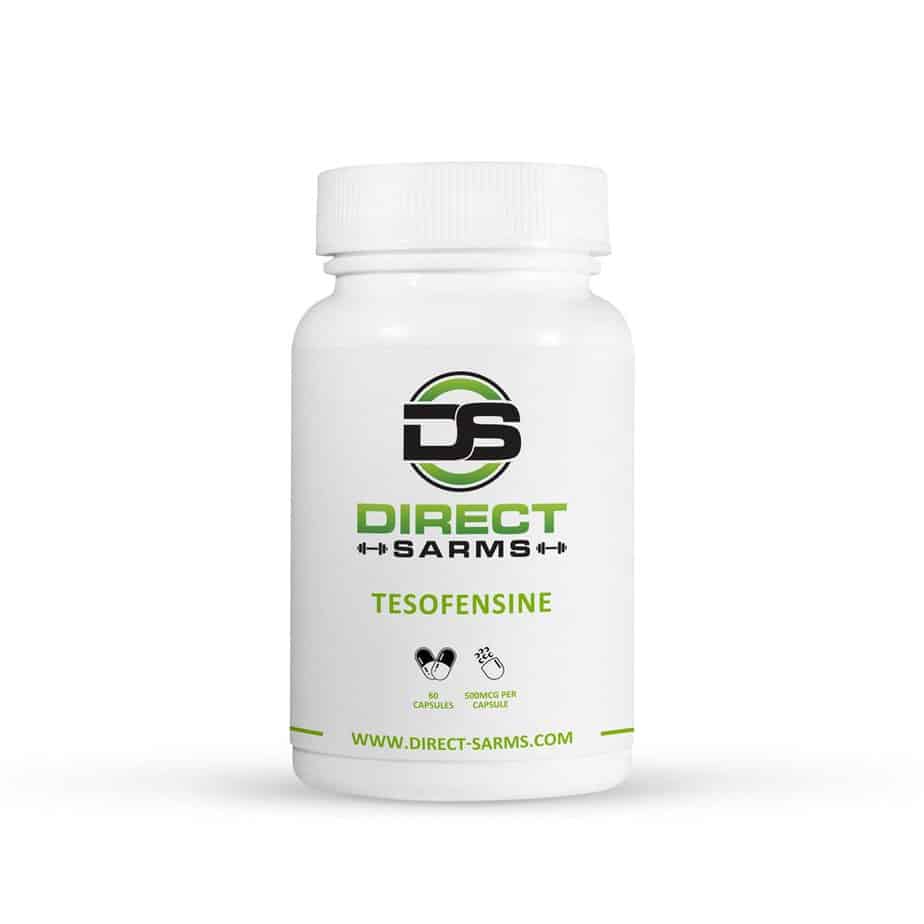
September 5, 2024
Tesofensine An Introduction
Tesofensine Fat Burning Peptide Adverse Effects, Dose, Advantages, Makes Use Of Nevertheless, the 0.5 mg dose degree of tesofensine created obvious increases in heart rate, if not high blood pressure. If verified in the forthcoming Phase III tests, it may be essential to boost the safety and security margin by adopting the far less efficacious 0.25 mg dose. As a GLP-1 receptor agonist, semaglutide effects hunger law paths in the brain to advertise feelings of volume, decrease hunger, and decrease overall calorie intake. In big placebo-controlled researches, semaglutide brought about significant weight loss over 68 weeks when incorporated with diet plan and workout adjustments.Pharmacologic Strategies To Weight Management: Current Gains And Deficiencies In Combating Obesity
Is tesofensine comparable to phentermine?
Unlike phentermine, a dopaminergic appetite suppressant, tesofensine triggers couple of, if any, head-weaving stereotypy at therapeutic doses. Most importantly, we found that tesofensine extended the weight reduction induced by 5-HTP, a serotonin precursor, and obstructed the body weight rebound that commonly occurs after weight reduction.
- The future of anti-obesity pharmacotherapy will likely include combinatorial therapies and multi-mechanism medications like tesofensine that potently subdue hunger while positively modulating power equilibrium and metabolism.
- Especially, rats carried out significantly fewer tests in Q1 and Q2 however made up for this by executing dramatically more in Q3 and Q4.
- Tesofensine reveals guarantee in motivating weight loss by suppressing appetite and boosting metabolism.
- Find out more concerning tesofensine peptide weight-loss and various other anti-aging procedures offered in VA.
- This activity enhances the degrees of these neurotransmitters in the brain, which bring about minimized appetite, decreased calorie consumption, and raised energy expenditure.
Tesofensine
These studies recommend that olanzapineeffects are moderated partly by enmity of the serotonin 5HT-2Creceptor, and that lorcaserin has potential to improve these undesirable sideeffects. The specific website of feeding modulatory action of adrenoceptor modulators in the CNS is not recognized. Moreover, there is evidence that NE efflux raises in the hypothalamus, consisting of the PVN, during food intake (Stanley et al, 1989; Morien et alia, 1995). As extracellular NE degrees in the rat PVN top just before beginning of dark being carefully correlated to subsequent feeding task (Morien et al, 1995), this region may for that reason be important in providing satiety/hunger signals downstream of NE secretion. Tesofensine (NS2330) is a serotonin-- noradrenaline-- dopamine reuptake inhibitor or additionally referred to as a triple reuptake inhibitor, which implies that it prevents the reabsorption of the natural chemicals (mind chemicals) serotonin, norepinephrine, and dopamine. The restorative benefits of tesofensine are credited to this effect due to the fact that each of these neurotransmitters puts in an essential function at different places in the mind. Tesofensine peptide has actually been explored in professional trials for its use in medical weight loss. For histological confirmation of electrode area in the brain, the electrodes were covered with DiI lipophilic carbocyanine color (1%; Sigma-Aldrich) allowing the monitoring of the fluorescent track left by the electrodes. Microsomal transfer protein is a heteromeric healthy protein associated with the synthesis of chylomicrons and apolipoprotein B-containing lipoproteins, affecting the transport of lipids and cholesterol from the intestinal tract and liver to tissues (Cuchel & Rader, 2013). First-generation microsomal transfer protein preventions were created to prevent hepatic proteins and provide a novel treatment for dyslipidemia (Roevens et al., 1999). While powerful preventions of hepatic microsomal transfer healthy protein took in reducing low-density lipoprotein-cholesterol, these inhibitors caused elevation of liver enzymes and hepatic steatosis in animals and humans (Roevens et al., 1999; Gruetzmann et al., 2000). In the interesting and consistent search More helpful hints for enhanced anti-obesity medications a wide range of agents are and will certainly be under analysis as noted in Table 27. The search targets neuroendocrine peptide hormones (vida supra), sirtuins, vaccines, non-prescription representatives, typical herbal plants and others.178,305,368 Some of these prospective chemicals are thought about currently. 

Social Links